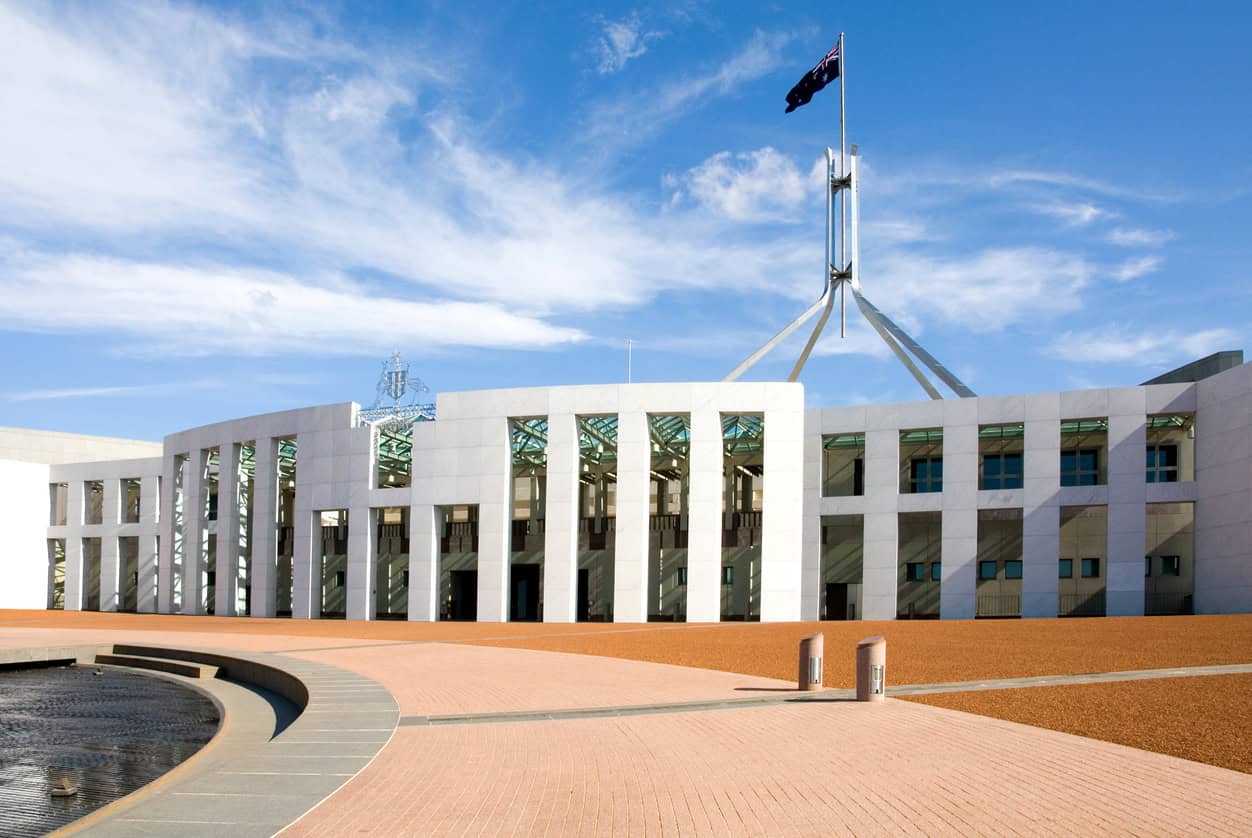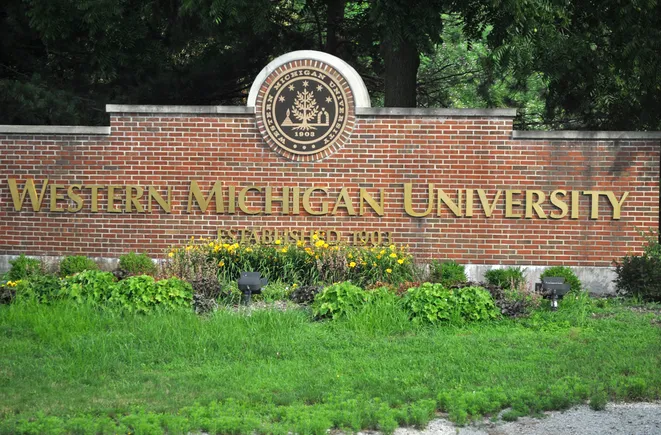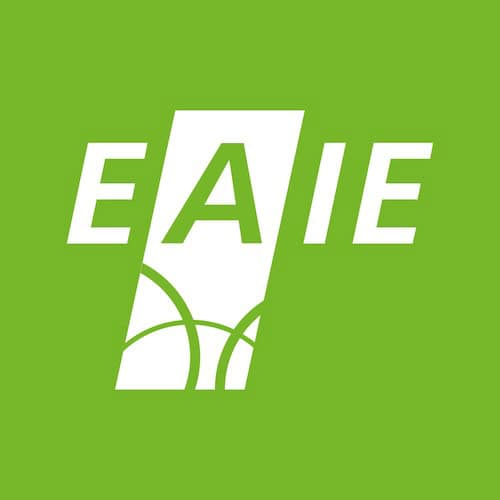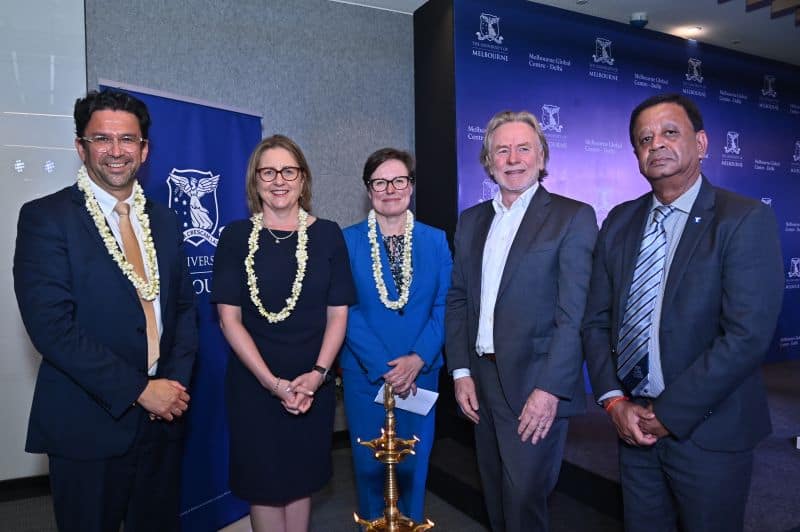The industry has called the limit on international students damaging and “a handbrake” on the sector’s growth, in response to the announcement made this morning.
The national planning level for 2025 sets a cap of 270,000 new international student commencements, making a clear distinction between higher education and vocational education and training sectors.
Publicly funded universities will be allocated 145,000 new international student commencements next year, which is around 2023 levels, while this number will be set at around 30,000 next year for other private universities and for non-university higher education providers – estimated to be around 2019 levels.
Similarly, VET providers face a cap of 95,000 new international student commencements.
The government said: “Providers with a higher ratio of international students will receive a lower allocation, encouraging them to diversify their student base.”
But the industry has seen this cap as unfair, largely favouring the public universities over providers that attract and recruit higher numbers of international students – with VET providers and private universities hit especially hard.
Universities Australia’s chair David Lloyd said the cap “will apply a handbrake to Australia’s second biggest export industry”.
“We acknowledge the government’s right to control migration numbers, but this should not be done at the expense of any one sector, particularly one as economically important as education.
“Curtailing growth in the AUD$48 billion international education sector risks our nation’s ambition and the university sector’s ability to support the delivery of national priorities.”
The Group of Eight also called out the government, saying the cap will damage the sector, and the nation.
“We saw yesterday at the senate inquiry that there is no economic modelling on the impact of caps, and this has not changed with today’s announcement of a national planning level target of 270,000 for international education,” said Go8 CEO Vicki Thomson.
“This policy was bad yesterday and it is bad today – the unexplained number gives us no comfort”.
She added that in imposing such a cap, the government has increased distrust of the sector in its capability to manage “this vital AUD$48b export industry”.
Students excluded from the NPL include:
- School students
- Higher degree by research students
- Students undertaking standalone English language courses (ELICOS)
- Non-award students
- Australian government-sponsored scholars
- Students who are part of an Australian transnational education arrangement or twinning arrangement
- Key partner foreign government scholarship holders
- Students from the Pacific and Timor-Leste.
In response to the proposed legislation, English Australia’s CEO Ian Aird also voiced concerns and urged the government to change direction on visa processing, fees and the bill.
In an official statement, he said: “This bill has been drafted on the run, without meaningful consultation of those impacted, without consideration of its economic impact or the jobs it will cost, and without concern for students.
“The bill claims to be about quality and integrity. It does nothing to require, encourage, or incentivise quality. Instead, it will drive away investment in quality and drive away quality international students.”
He added that since December last year, student visa applications have been refused and delayed at record levels, while visa grants for offshore applicants wanting to study English were down 60% from 1 January to 30 June, compared to last year.
In the bill, the government refers to the concept as ‘new international student commencements’ – a term that refers to “a new enrolment in a particular course at a particular institution”.
According to Keri Ramirez, international education consultant and managing director of Studymove, based on this definition, 177,181 international student commencements were reported in higher education in 2019 and 207,522 in 2023.
He added that ‘a new student’ is defined as a student in a given year who had not appeared in any previously year of the data collection, “essentially a new arrival to Australia”. Based on this definition, 96,497 new international students commenced a higher education program in 2019 and 152,511 in 2023.
He added that there are “important differences in these metrics” and that the department of education needs to clarify the precise definition of “new international student commencements”.
In a letter sent to private higher education providers, Ben Rimmer, the deputy secretary of the Department of Education, said: “The NPL will support a managed international education system that is designed to grow sustainably over time, by establishing the number of new international students able to commence their education onshore in Australia in any year.”
The announcement of the cap comes after the education minister Jason Clare revealed the cap on international enrolments was designed to replace ministerial direction 107, last week.
Subject to passage of the Education Services for Overseas Students Amendment Bill 2024 (ESOS Bill), this new system will replace ministerial direction 107 from January 1 2025.
#Australias #international #enrolments #capped #270k










